This is the second Episode of Urban Renewal, the column focused on all the virtuous experiences where arts and cultures have an important social role along with the urban renewal processes, local identity reinforcement, a social purpose beyond the cultural and economic role itself.
Mural made by Roxy in the Box
Today I will talk about the MAAM – Museo dell’Altro e dell’Altrove di Metropoliz. It is quite excessive to define it as a classical museum because as the way it was born. Here the art has a very different purpose and gets a higher value. The history of this place is rather incredible. Today shows more than 500 contemporary artworks. It was born in 2009 in the suburbs of Rome, specifically on the Prenestina, the Rome’s Eastside. The MAAM is within an old abandoned Fiorucci’s factory. Fiorucci is the most important Italian industrial cured meats producers.
In 2009, the Blocchi Precari Metropolitani, an organization of activists who fights for the right to housing, occupied the abandoned factory let about 200 people find a roof. They were about 60 families from more than 13 different countries, from South America to Africa and Asia. In that moment they developed a self-management project where all the families had to figure how to get all the basic services as water, gas, heat, sewer, etc.
In 2012 Giorgio de Finis, anthropologist, artist and film-maker knocked on the door of the Maam. With his friend Fabrizio Boni, decides to film the story of the inhabitants and on how they are self-organized. He didn’t choose the classic documental narrative with normal interviews and so he contacted some artists. The idea was to tell a story of hope, building a rocket that would have conquered the moon. The message was addressed to the Roman townhall and the whole Italy. So “Space Metrpoliz” born and some important artists such as Lucamaleonte, Hogre, and Gianmaria Tosatti among many others helped the “metropoliziani” with their mission.
live performance of a man who is acting against the violence on the animals
Today the MAAM has been defined as a REAL museum because it is the only inhabited museum in the world. The artworks have been realized by the artists with the help of the inhabitants, who worked strongly to accomplish the documentary. That’s for this reason that the MAAM couldn’t be defined as a proper museum, as many classical museum features miss. Actually, it is possible to visit only on Saturday as the inhabitants have approved. Among them there are many who are happy to welcome the visitors, they have also organized a canteen where is possible to eat altogether. Others remain cautious in front of the visitors.
Why MAAM is so important today in Rome? Because through the art it gave an identity card to all those citizens that didn’t have before. Clearly, it is a symbolic fake ID but is really important. Many inhabitants are still immigrants and so their sons and daughters couldn’t go to school. Thanks to art all those men, women and kids they got some rights that didn’t have before. For example, some headmasters of the schools in the neighborhood have accepted these kids in their institutes even if they wouldn’t have the right. The second big effect produced is the perception that we have now about those people. Unfortunately, until the MAAM, these people weren’t considered as our equals, they seemed to belong to another category, they were marginalized, often labeled in bad ways. Nowadays, this place somehow gave the dignity back to these people and have transformed our perception towards them.
Which is the main risk? The main risk is that this place could close and all these people could remain again without a house. We need to remind that there is a trail upon this place. The second risk is that this place could become a mere touristic attraction losing its human side. These people still live in precarious conditions without a job, often they are seriously ill without any public or private insurance. The hygienical and sanitary services are not enough, which worsen their living conditions. I am sure that as long as Giorgio de Finis will remain there this transition won’t happen.
I visited this place with my girlfriend @imma.tralli
I suggest to visit this place and to do that with high respect of all its inhabitants, the METROPOLIZIANI.
In the following photos you will see me playing with the kids of the MAAM
VERSIONE ITALIANA
Benvenuti alla seconda puntata di Urban Renewal, la rubrica che prova a portare a galla tutte le pratiche virtuose in cui l’arte e la cultura hanno un ruolo importante nei processi di rigenerazione urbana, di rafforzamento delle identità e uno scopo sociale, oltre che culturale e a volte economico.
Oggi parlerò del MAAM – Museo dell’Altro e dell’Altrove di Metropoliz. Definirlo museo è piuttosto azzardato per il modo in cui nasce, in quanto l’arte, in questo caso specifico, ha scopi ben diversi e assume un valore molto più profondo. La storia di questo posto incredibile, che oggi conserva più di 500 opere di arte contemporanea, nasce nel 2009 sulla Prenestina, zona est della periferia di Roma in un vecchio stabilimento della Fiorucci, una delle aziende più importanti in Italia per la produzione di salumi.
In quell’anno, I blocchi precari metropolitani, collettivo di attivisti che si batte per il diritto all’abitazione, occupò l’antico stabilimento, permettendo così a 200 persone, circa 60 famiglie da più di 13 Paesi, di poter avere un tetto sotto cui ripararsi. In quel momento nasce un progetto di autogestione in cui le famiglie si organizzano per vivere insieme e provvedono all’ottenimento dei servizi di base (elettricità, acqua, fogna ecc.)
Nel 2012 arrivò Giorgio de Finis, antropologo, artista e regista nonché attuale direttore del Macro (Museo di arte contemporanea di Roma). Egli con il collega e amico Fabrizio Boni immagina di girare un documentario sulla popolazione meticcia che vive alla periferia di Roma. Avrebbe potuto intervistare gli abitanti come in un documentario classico e invece decise di adottare una narrazione diversa. L’idea era quella di mandare un segnale forte all’amministrazione romana e all’Italia tutta. Pertanto nasce Space Metropoliz, documentario che è possibile vedere online in streaming. Per allestire il set, De Finis contattò i primi artisti, i quali avrebbero dato vita al processo di trasformazione artistica dell’ex salumificio. Tra questi possiamo citare Lucamaleonte, Hogre, Gianmaria Tosatti.
Così nasce il MAAM: museo dell’altro e dell’altrove di Metropoliz. È considerato un museo reale proprio perché è l’unico museo al mondo ad essere abitato. Ricordiamo che le opere sono state realizzate dagli artisti con l’aiuto proprio dei “metropoliziani”, i quali hanno lavorato duro affinché il documentario si realizzasse e fosse completato. Questo “museo” proprio per questo non può essere definito come tale perché non ha tutte le caratteristiche tipiche dei classici musei. Infatti è possibile visitare il luogo solo il sabato, giorno deliberato comunemente dagli abitanti del luogo, parte dei i quali sono ben lieti di accogliere i visitatori ed hanno organizzato anche una cucina multietnica dove è possibile mangiare mentre altri restano diffidenti.
Perché è importante il MAAM? Questo “museo” attraverso l’arte, ha dato una carta d’identità a cittadini che prima non l’avevano. Molti degli abitanti sono extracomunitari e i loro figli, per legge, non potrebbero frequentare le scuole. Grazie all’arte, questi uomini, donne e bambini si sono visti riconoscere dei diritti che in quanto umani sarebbero dovuti essere scontati. Per esempio, i presidi delle scuole di quei quartieri hanno avuto il coraggio di accettare i bambini negli istituti scolastici anche se questi non ne avessero il diritto. Il secondo grande effetto prodotto da questo processo riguarda la percezione che si ha di queste persone. Purtroppo, fino alla nascita del Maam, gli abitanti di questo luogo, erano nessuno, erano visti come persone appartenenti ad un’altra categoria, degli emarginati, a volta etichettati nel peggiore dei modi. Oggi questo luogo, ha restituito dignità a delle persone e ne ha cambiato la percezione ai nostri occhi.
Qual è però il rischio di tutta questa storia? Il più grande è che questo spazio possa chiudere. Non dimentichiamoci che lo spazio è occupato e vi è una causa in corso.
Il secondo, altrettanto grave è che questo luogo possa diventare un’attrazione turistica. Questo processo potrebbe portare alla perdita del lato umano. Quelle persone che vivono quei luoghi, nella quasi totalità dei casi, vive in condizioni precarie, senza lavoro, talvolta a dover lottare con malattie gravi e senza coperture sanitarie. I servizi igienici di base non sono del tutto sufficienti, il che rende le condizioni di vita ancor non sempre facili. La certezza è che, fin quando ci sarà Giorgio de Finis, questo non accadrà.
Io consiglio a tutti di visitare questo luogo e farlo con rispetto dei proprietari di casa, i metropoliziani.
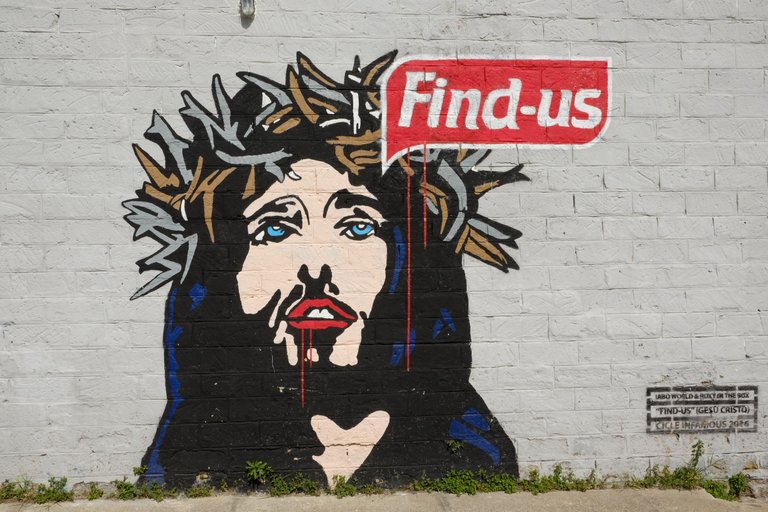
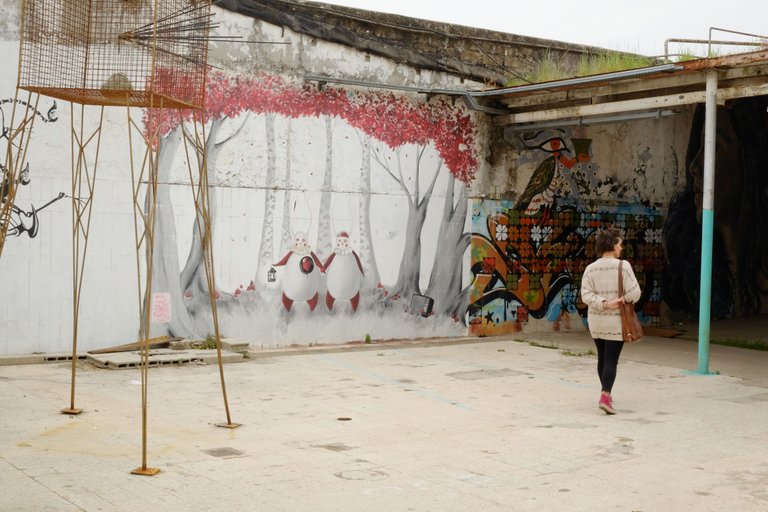
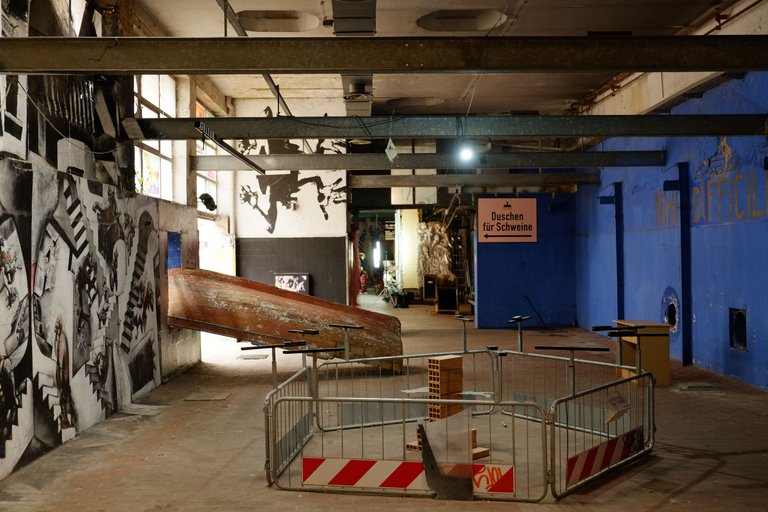
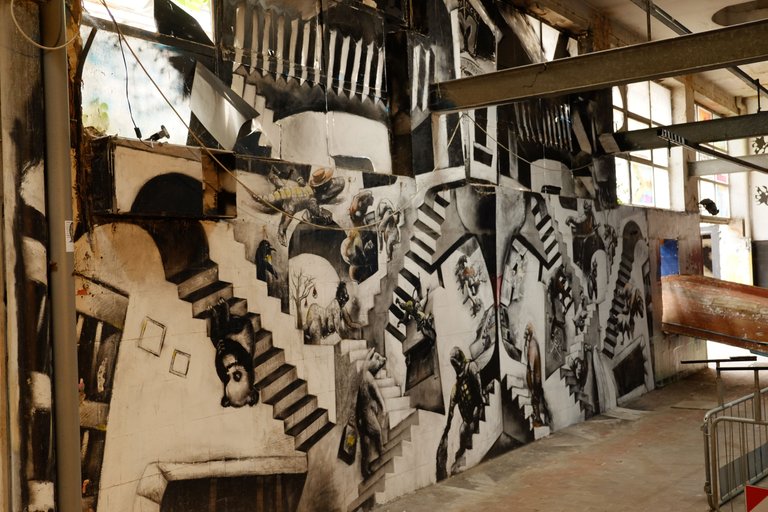


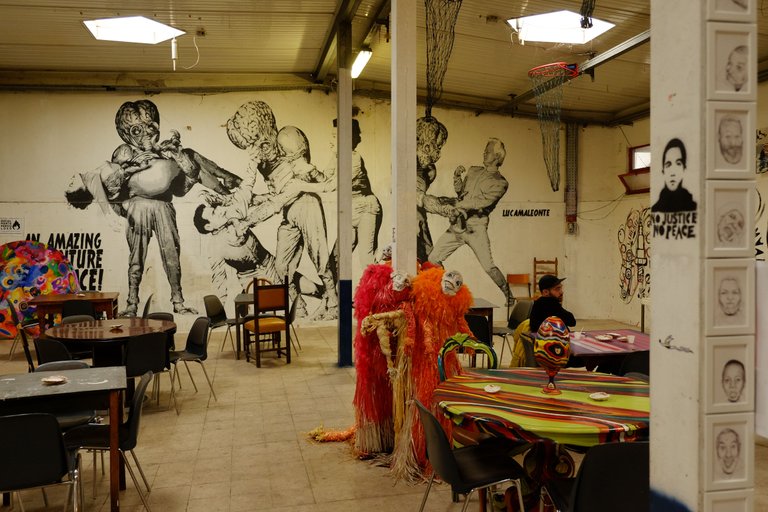
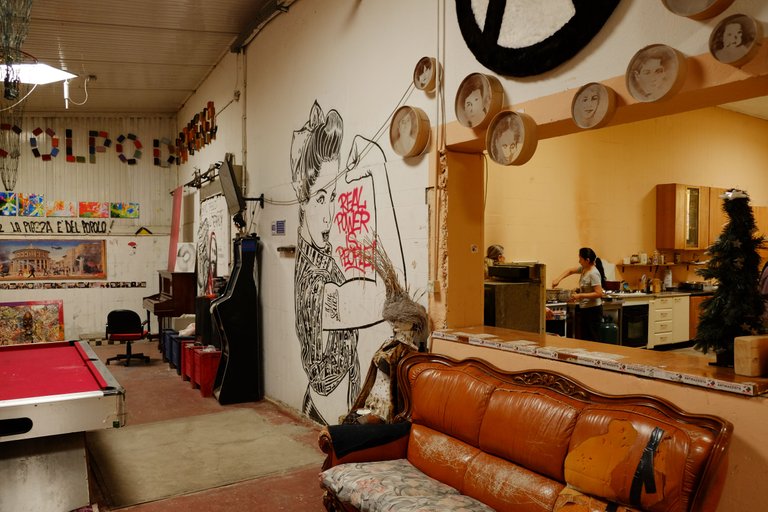
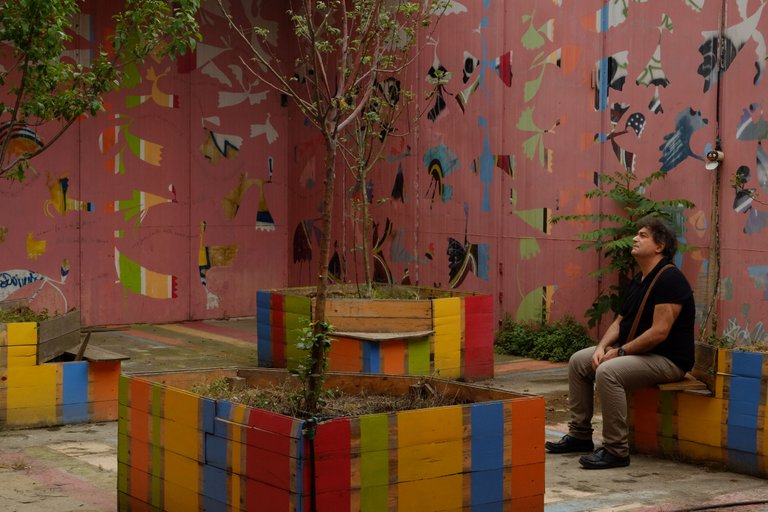
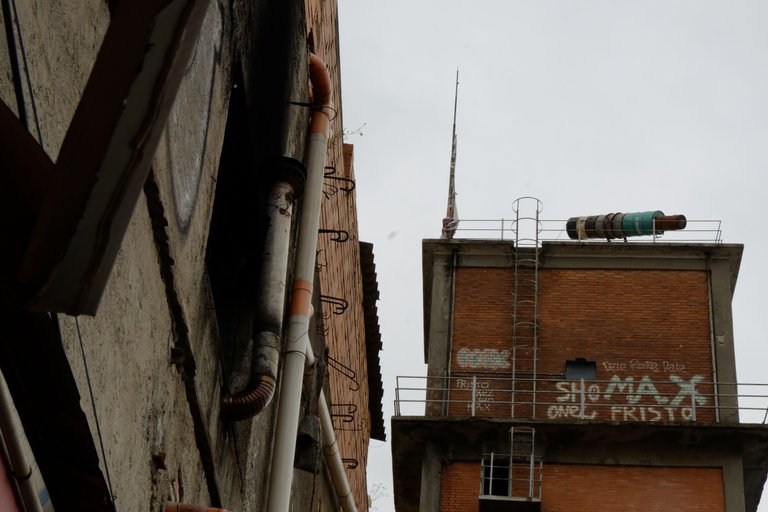
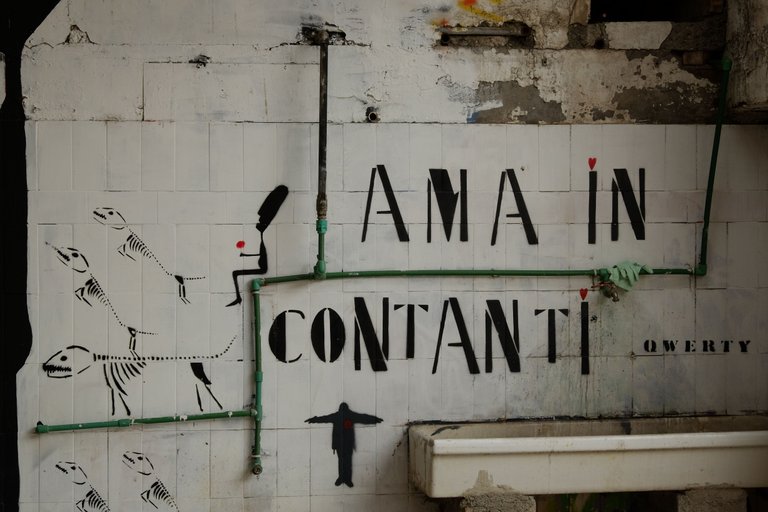
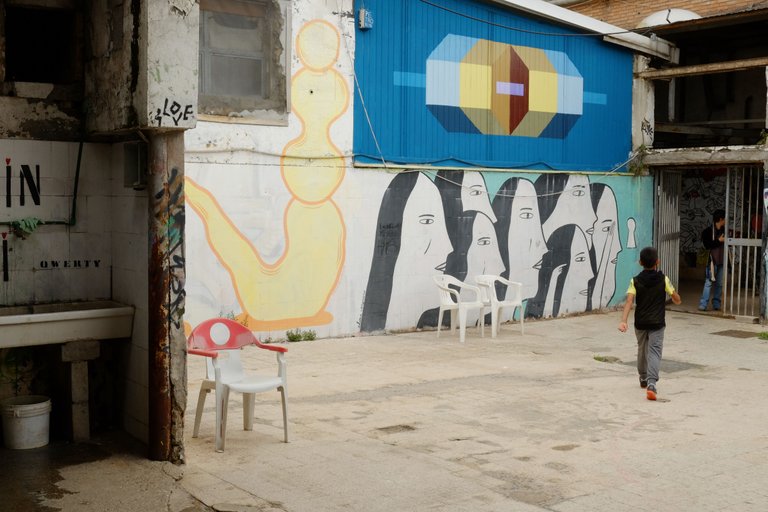
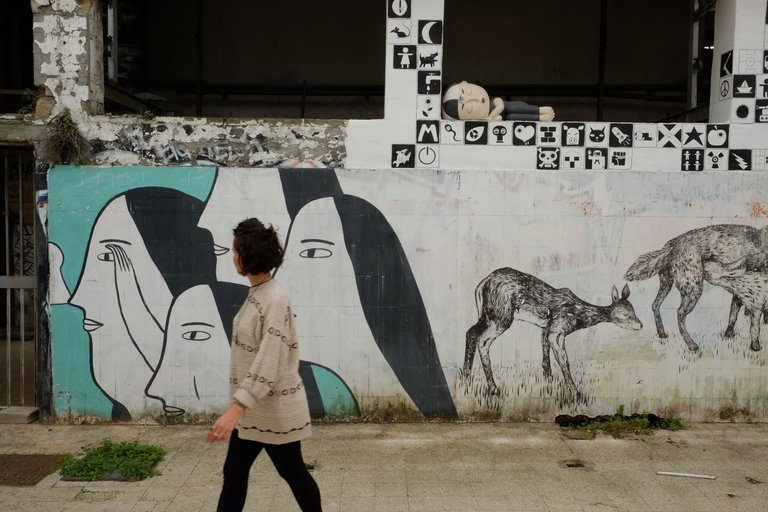
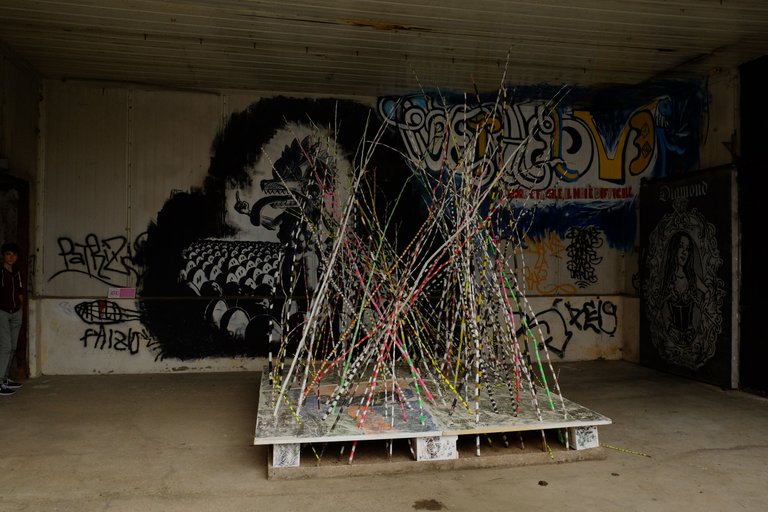
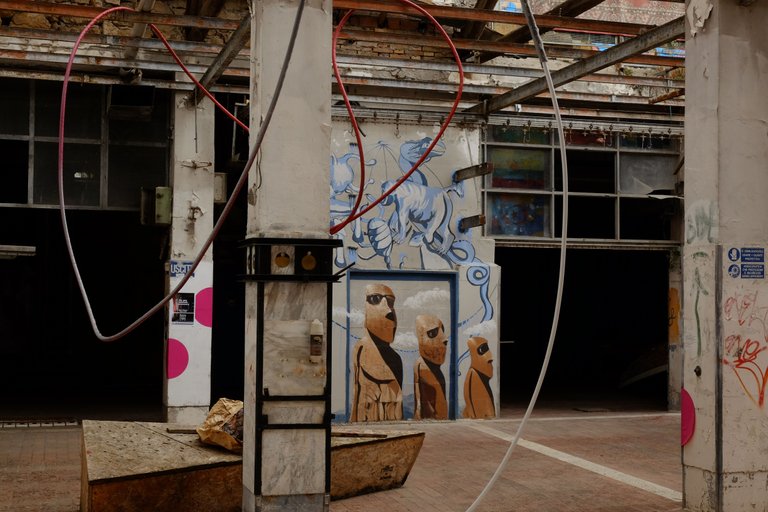
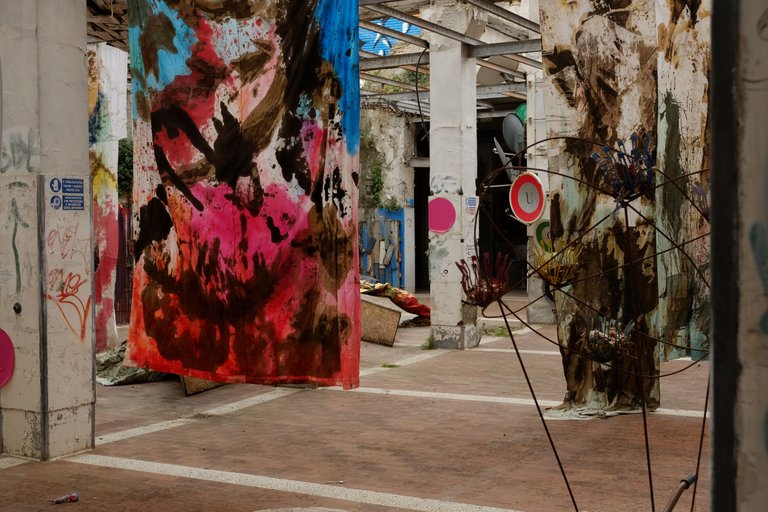
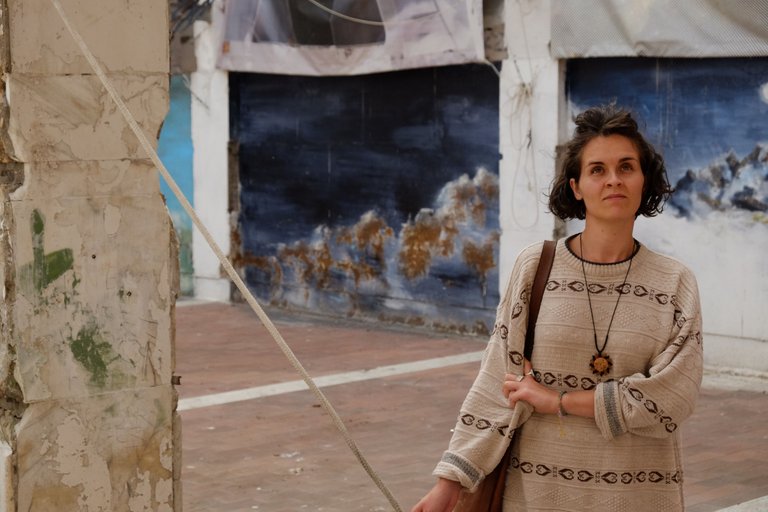
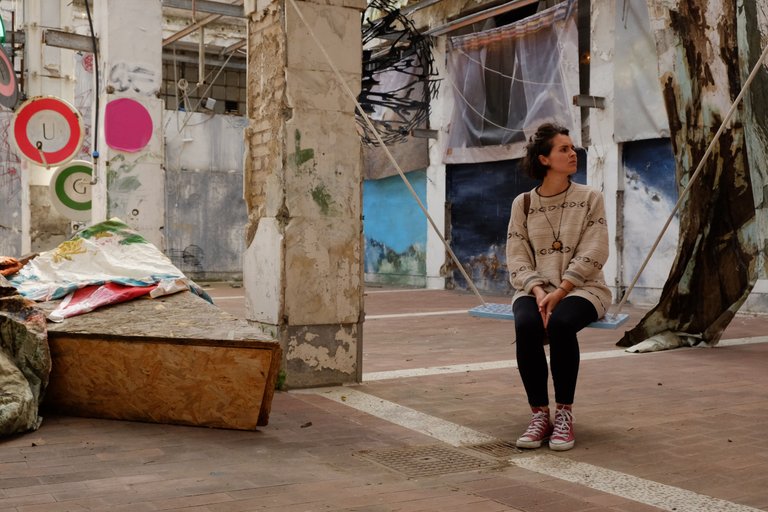
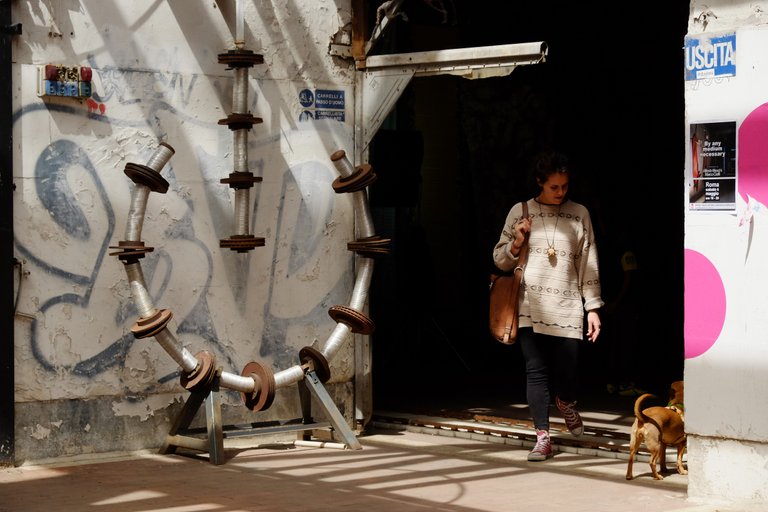
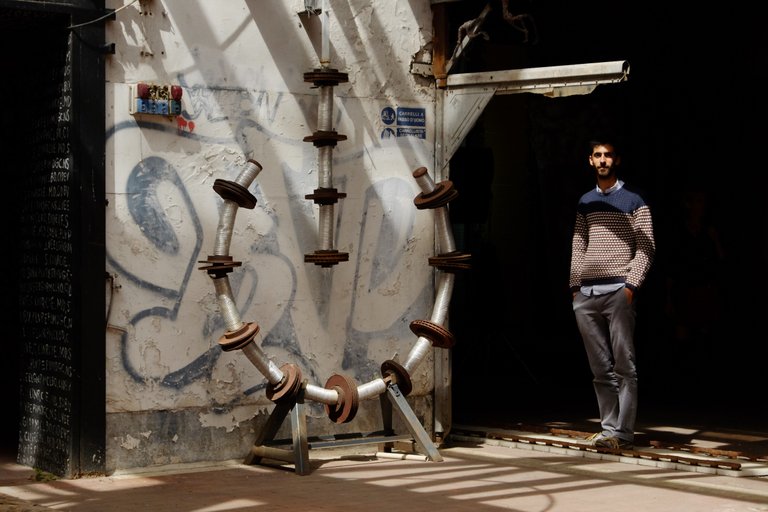
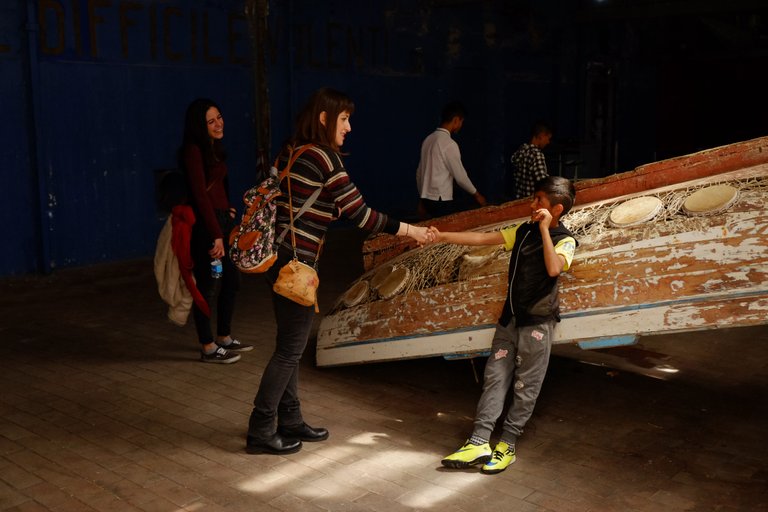
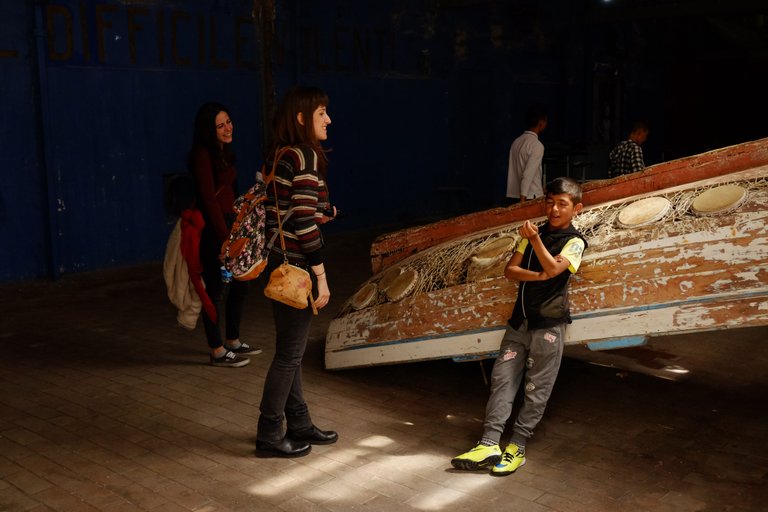
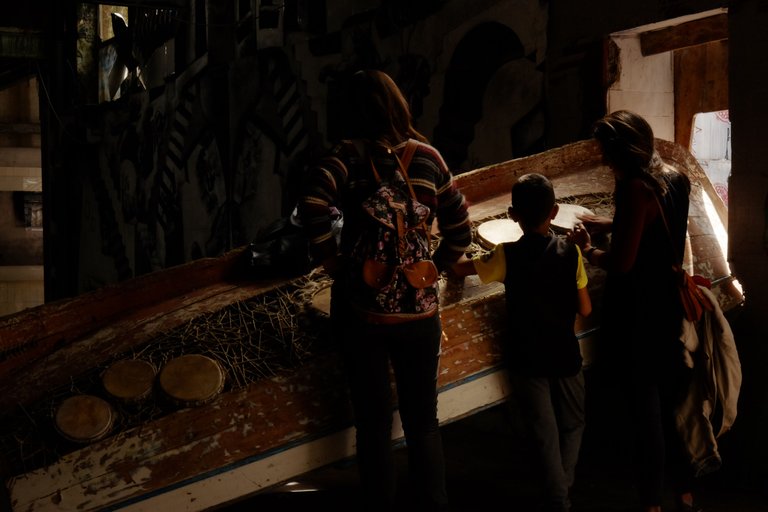
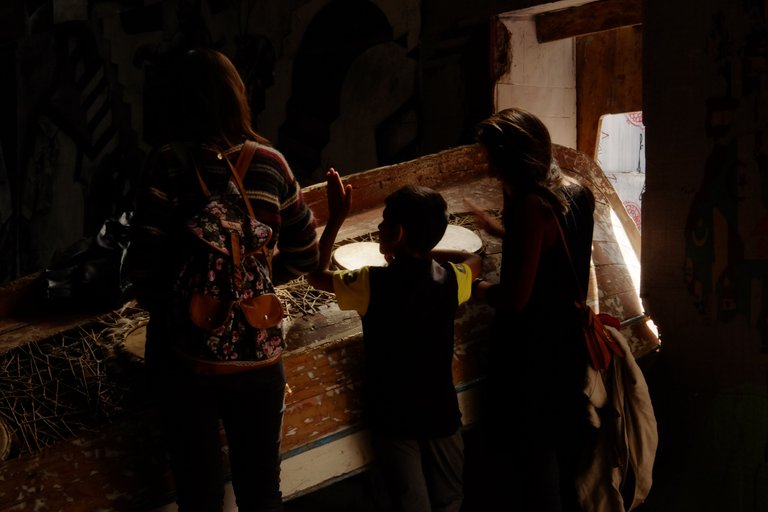
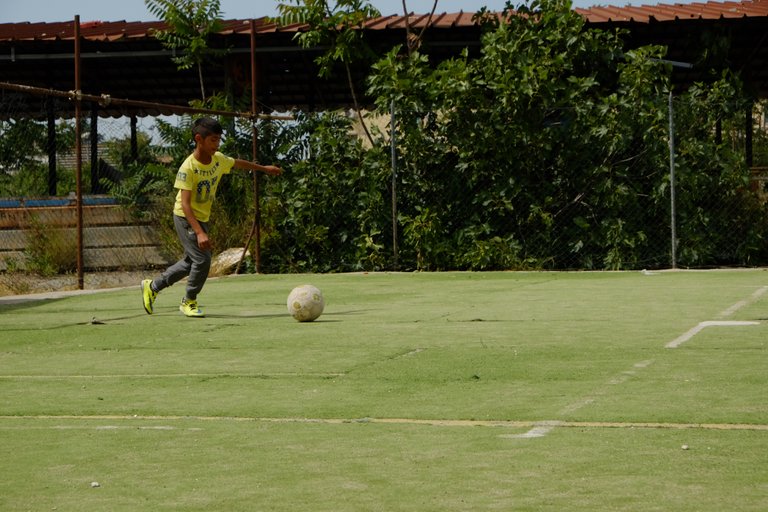
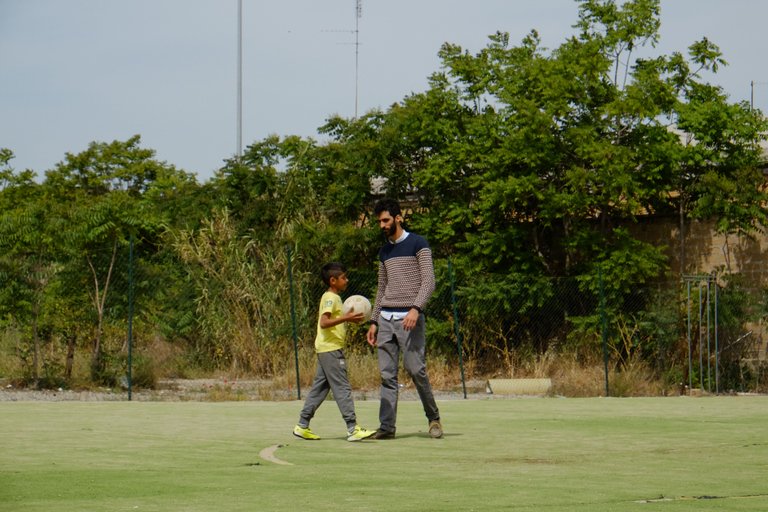
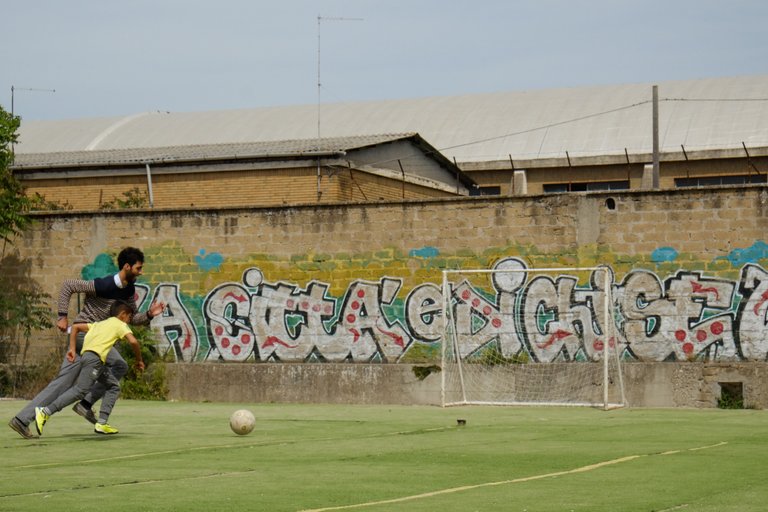
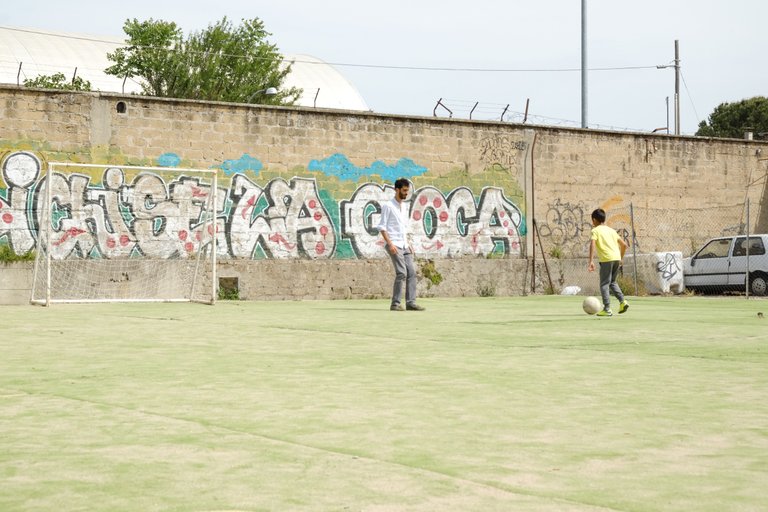


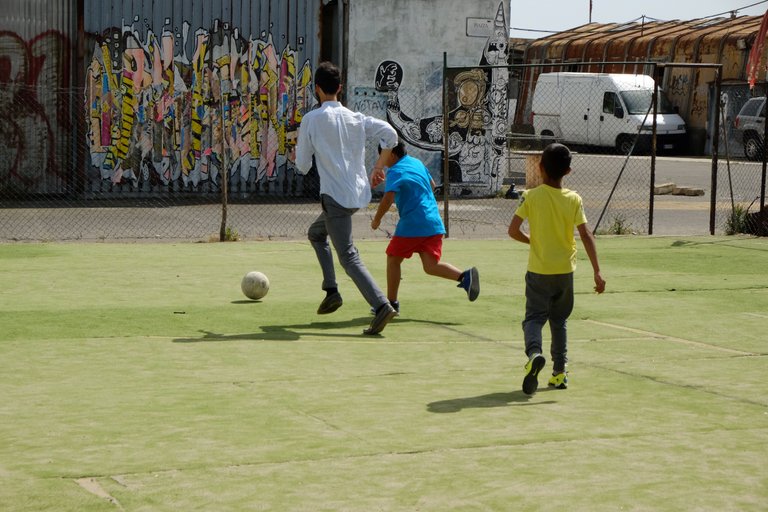
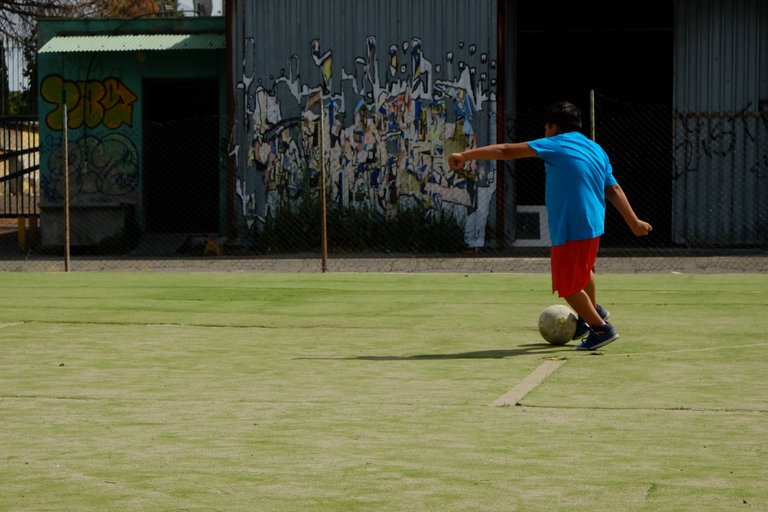
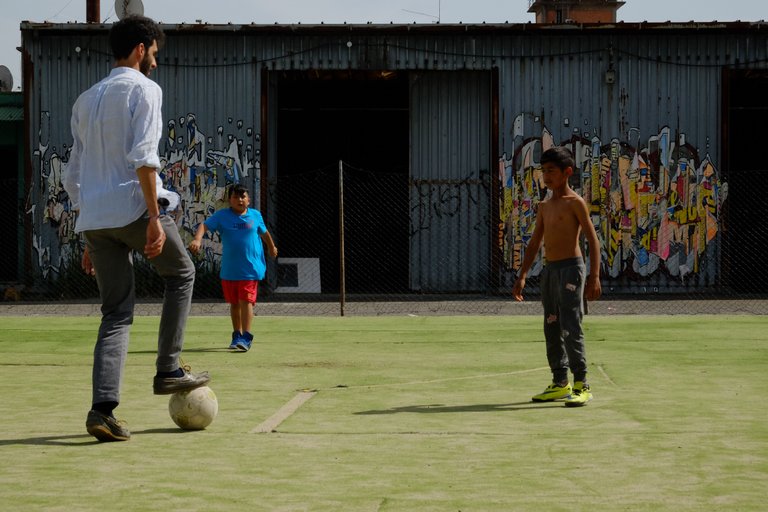
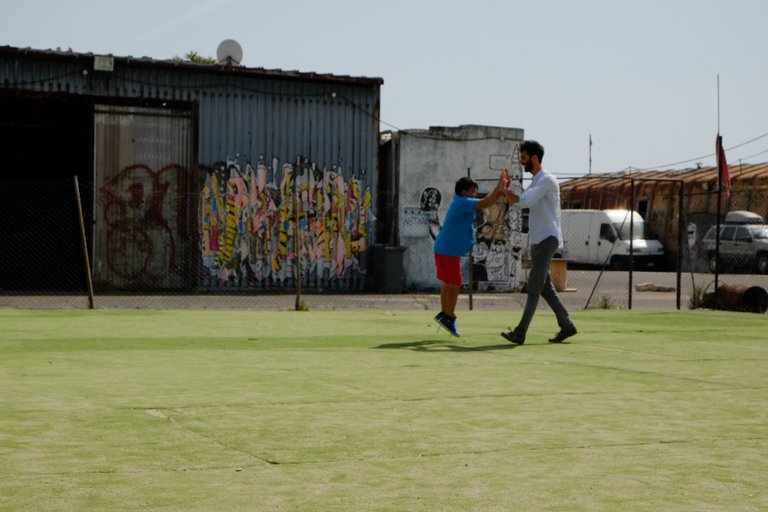

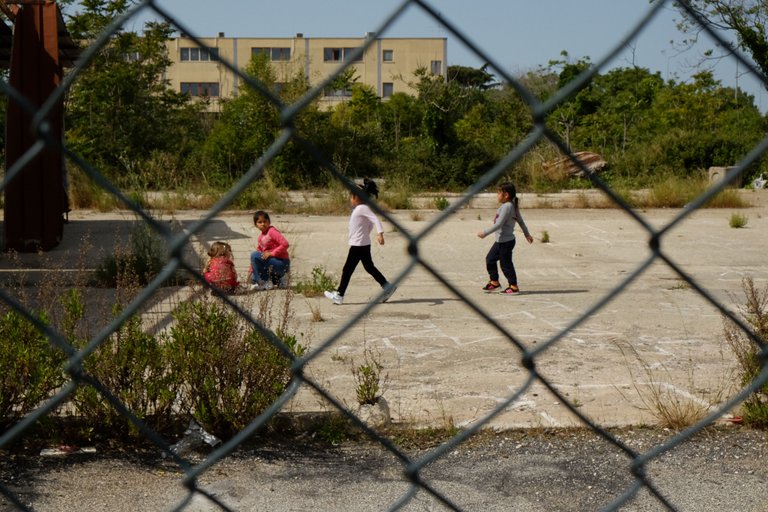
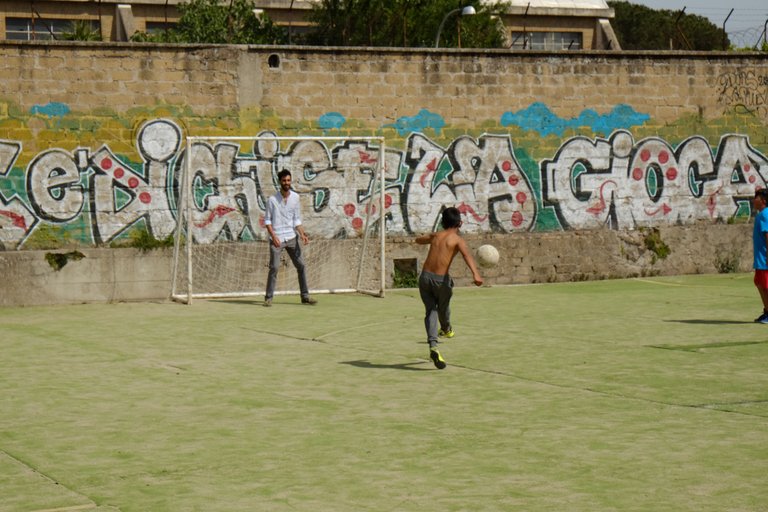
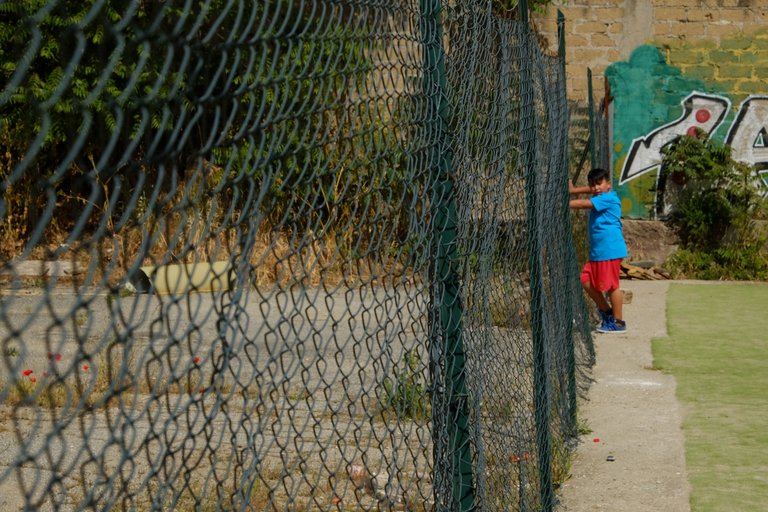
Yes Roberto! It was amazing to discover this space!
Wow... Now I'm very curious to visit it! Thank you for letting me know it!
Ottimo post! Se ti va, puoi unirti alla community italiana! Ci trovi su https://steemit.com/@steempostitalia e su dicord a questo link: discordapp.com/invite/QDKPzSp :)
grazie mille! Credo di farne già parte, mi sono iscritto un po' di tempo fa!
Gran bel progetto. Bell'impegno...
grazie mille! :)
:)
Bello, non ne sapevo nulla.
si molto interessante! Consiglio vivamente di visitarlo e intrattenersi con gli abitanti del MAAM
Questo post prezioso è stato scoperto dal Team OCD! Rispondi a questo commento se accetti e sei disposto/a a condividere il tuo post! Accettando questo, hai la possibilità di ricevere premi aggiuntivi e una delle tue foto in questo articolo può essere usata nel nostro compilation post! Puoi seguire @ocd per saperne di più sul progetto e vedere altri post preziosi! Ci sforziamo per la trasparenza.
Se desideri che i tuoi post siano rilanciati da @ocd e raggiungano un pubblico più grande, utilizza il tag # ocd-resteem, non deve essere il primo. Ogni giorno, tre post che utilizzano questo tag verranno scelti dai nostri curatori per essere RS. In bocca al lupo!
This gem of a post was discovered by the OCD Team! Reply to this comment if you accept, and are willing to let us share your gem of a post! By accepting this, you have a chance to receive extra rewards and one of your photos in this article may be used in our compilation post! You can follow @ocd – learn more about the project and see other Gems! We strive for transparency.
If you would like your posts to be resteemed by @ocd and reach a bigger audience, use the tag #ocd-resteem, it doesn´t have to be the first one. Every day, three posts using this tag will be chosen by our curators to be RS. Good Luck!
Si grazie mille. Quindi la prossima volta che scrivo un post devo scrivere tra gli hashtag #ocd-resteem giusto? O devo fare altro?
Si se vuoi.... l'eventuale resteem, se viene scelto dai curatori, ti porterà gli steem di OCD!è un'opportunità in più...non ti viene chiesto nulla di più da OCD!
ok grazie mille! Lentamente sto capendo tutte le opportunità e le potenzialità di Steemit.